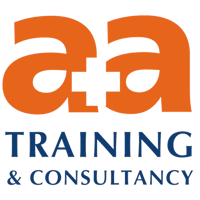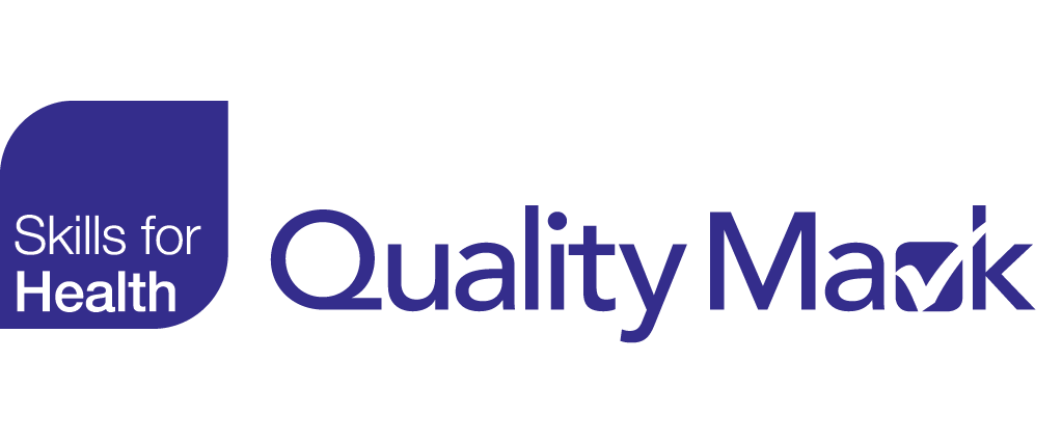Specialist Complex Care Training for Healthcare Providers
A&A Training & Consultancy is a leading provider of adult and paediatric complex care training across the UK. Our bespoke training programs are designed to support healthcare professionals, carers, and personal assistants in delivering safe, effective, and compassionate care for individuals with complex medical needs.
We offer tailored training solutions that address the unique medical and social needs of patients, ensuring staff are fully equipped to provide high-quality care while maintaining compliance with Care Quality Commission (CQC) and NHS guidelines.
Course Topics – What We Cover
Our courses include:
- Anatomy & Physiology of the Spinal Cord and Spinal Cord Injuries
- Maintaining a Healthy Bladder and Bowel
- Bowel Management in Neurological Patients
- Digital & Manual Removal of Faeces
- Autonomic Dysreflexia – Recognition & Response
- Infection Control Best Practices in Complex Care
- Consent & The Mental Capacity Act – Legal Framework
- Moving & Handling for Spinal Patients
- Poikilothermia – Temperature Regulation & Monitoring
- Catheter Care – Current Guidelines & Best Practice
- Orthostatic Hypotension – Causes, Risks & Management
Our expert-led courses combine theoretical knowledge with hands-on training, ensuring staff gain practical experience in delivering specialist complex care.
Who Should Take This Training?
- Nurses & Healthcare Assistants (HCAs)
- Domiciliary & Home Care Providers
- Support Workers & Personal Assistants
- Residential & Care Home Staff
- Case Managers & Social Care Teams
Our training ensures that staff have the skills, knowledge, and confidence to deliver person-centred care for patients with neurological, spinal, or long-term complex conditions.
Why Choose A&A Training & Consultancy?
- Tailored Courses to Fit Patient Needs
- NHS & CQC Compliant Training
- Delivered by Expert Clinicians & Specialist Trainers
- Equip your team with essential complex care skills! Contact us today to book a course.
Useful Links




Further Information
Please contact us if you would like more information about our courses, or if you would like to discuss your training needs.


